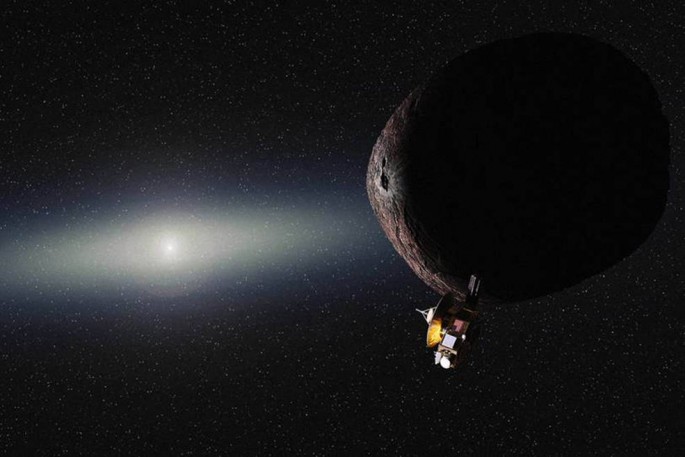Last month, NASA's New Horizons spacecraft made its mark on history as it zipped by dwarf planet Pluto and captured never before seen, high resolution images of the planet. Now, NASA just announced the probe's next destination after completing its successful Pluto mission.
NASA's announcement reveals that New Horizons' next target is a small icy object located in the Kuiper Belt called 2014 MU69 that is located about 1 billion miles away from Pluto.
However, the space agency is yet to approve this extended mission for a second flyby which will probably occur in 2019. NASA has already chosen to explore 2014 MU69 for New Horizons' next target however, a detailed assessment will be conducted first before any green light could be given as part of the regular mission review process.
NASA mission scientists confirm that this extended mission will be less expensive than the Pluto mission as this new mission could offer some new and exciting insights about what lies beyond the solar system.
To date, New Horizons still has extra fuel that can allow for this Kuiper Belt flyby where its operating and power system can still function for more years including its communication system that can transmit data even beyond the dwarf planet.
The next target was detected by the Hubble Space Telescope in 2014 where the icy object is measured around 30 miles in diameter and about .5 to 1 percent of the size of Pluto.
According to principal investigator for New Horizons, Alan Stern, this Kuiper Belt object is an ideal choice since the 2014 MU69 is considered to be ancient relic and is predicted to have formed where it orbits now. This KBO also needs the most minimal amount of fuel for New Horizons to reach it compared to other candidate objects where it can leave some remaining fuel for the flyby and greater fuel for protection against unforeseen circumstances.
Scientists also believe that Kuiper Belt objects have remained in their original state since the birth of the solar system some 4.6 billion years ago and can provide pivotal clues, shedding light about how the solar system formed including Earth.




























